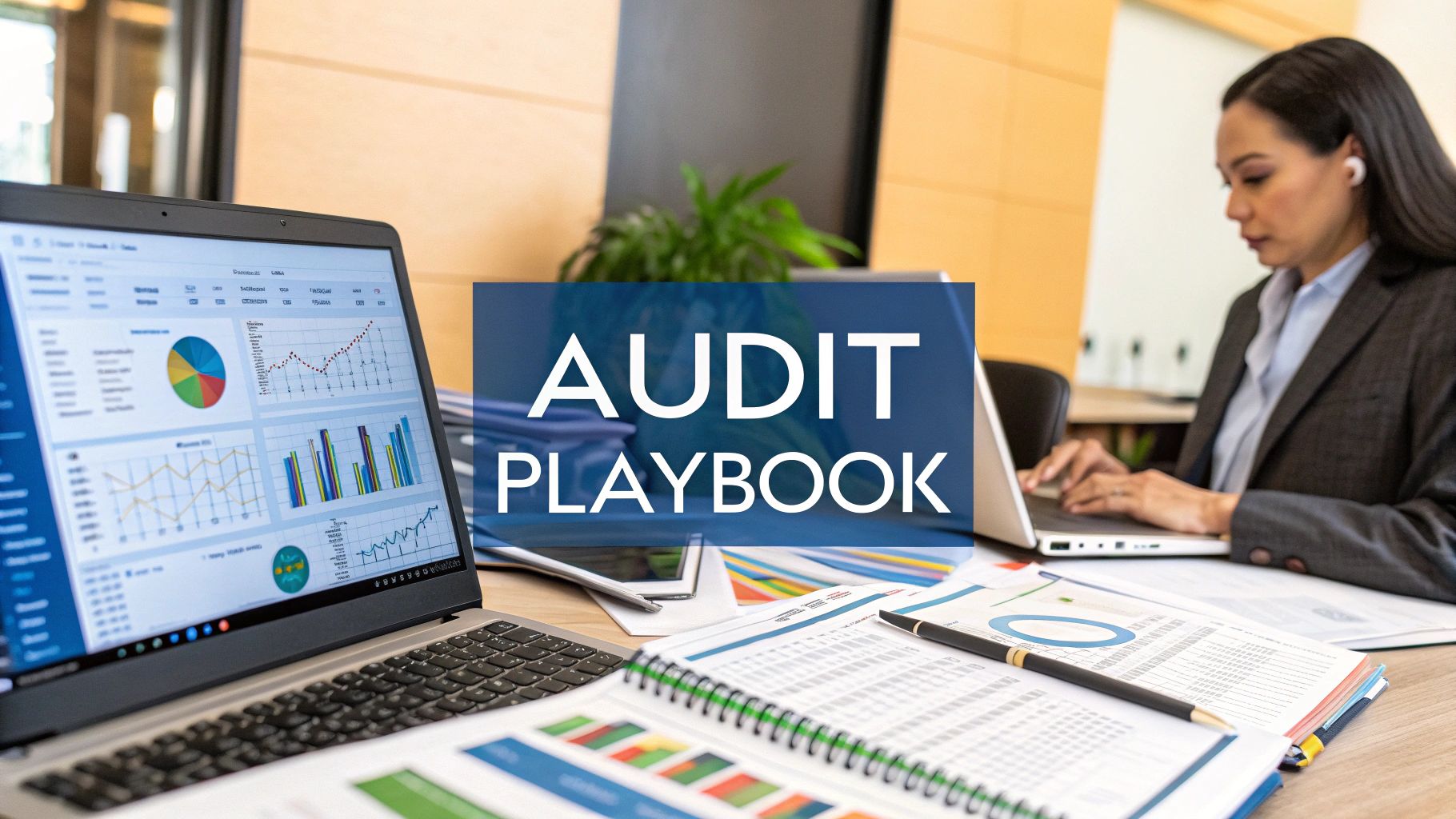March 24, 2008, I walked into the first bank I ever worked in. Bear Stearns was on the brink of bankruptcy. Countrywide had been purchased for $4B in stock from Bank of America in January.
Brian's Blog
Estimated reading time: 0 minutes
March 24, 2008, I walked into the first bank I ever worked in. Bear Stearns was on the brink of bankruptcy. Countrywide had been purchased for $4B in stock from Bank of America in January.
I didn’t know what I didn’t know about banking.
We had to build a bank to diversify the funding sources that GE Capital had access to.
As a finance guy, I learned one thing very quickly building this bank - Banking is an expensive business. Headquarters, branches, people, technology and on and on. Massive fixed operating expenses
- Compliance
- Internal Audit
- Underwriting
- ALCO process
- Personnel
- Technology Systems
Many of these - compliance, internal audit, underwriting, ALCO process, etc - all have to be in place whether you have $1 of revenue or not.
You better scale that bank… Without scale, this expense intensive business can’t cover the relatively fixed expense of these basic operating needs.
Investment analysts have been laser-focused on efficiency ratios for the publicly traded banks over the past decade. With relatively low and flatter interest rates over the past decade, banks were measured on how efficiently they could squeeze out $1 of revenue.
The simplest way to think about efficiency ratios is it is a measure of how much a bank must spend to generate a dollar of revenue. The lower the ratio is, the more efficient the bank is running to generate revenue.
Operating expenses divided by revenues.
The downside to focusing on efficiency ratios in a rising rate environment can be the clouding of the true efficiency trend when revenues are increasing from higher interest income. When interest rates are close to flat, it is easy to see the efficiency trend.
What I learned in 2008 is still true today, there are many bank expenses that are relatively fixed - e.g. we gotta have a compliance department and it does not grow linearly as we add assets. Internal audit is a necessity but the same group of people can cover 10% more assets as we grow.
Additionally, all other things being equal, as rates rise, revenues increase but we don’t have a higher number of loans, deposits or number of customers. We should be able to service them with the same operating expense load. Efficiency ratios should decrease!
What metrics do you like to focus on when measuring the performance of a bank? What metrics will be most critical in this new environment with rising interest rates?
#banks#datascience#investments
--
I post weekly about banking, data science and family adventures.
Digging deep on banks is what I do. If there is a bank that you are curious about, shoot me a note and we can discuss this bank together.
Similar Articles

Brian's Banking Blog
Top Crisis Communication Strategies for Bank Leadership

Brian's Banking Blog
8 Historic Banks That Merged: Lessons for Today's Executive

Brian's Banking Blog
A New Playbook for the Modern Bank Audit

Brian's Banking Blog
Decoding Credit Union Asset Size for Banks

Brian's Banking Blog
What Is Scenario Planning for Modern Banks?

Brian's Banking Blog
Largest Banks in Texas: A Data-Driven Analysis for Executive Leadership

Brian's Banking Blog
Mastering Operations in the Banking Industry for Strategic Advantage

Brian's Banking Blog
What Is Strategic Risk Management for Banks?

Brian's Banking Blog
Key Trends in the Banking Industry for Bank Executives

Brian's Banking Blog